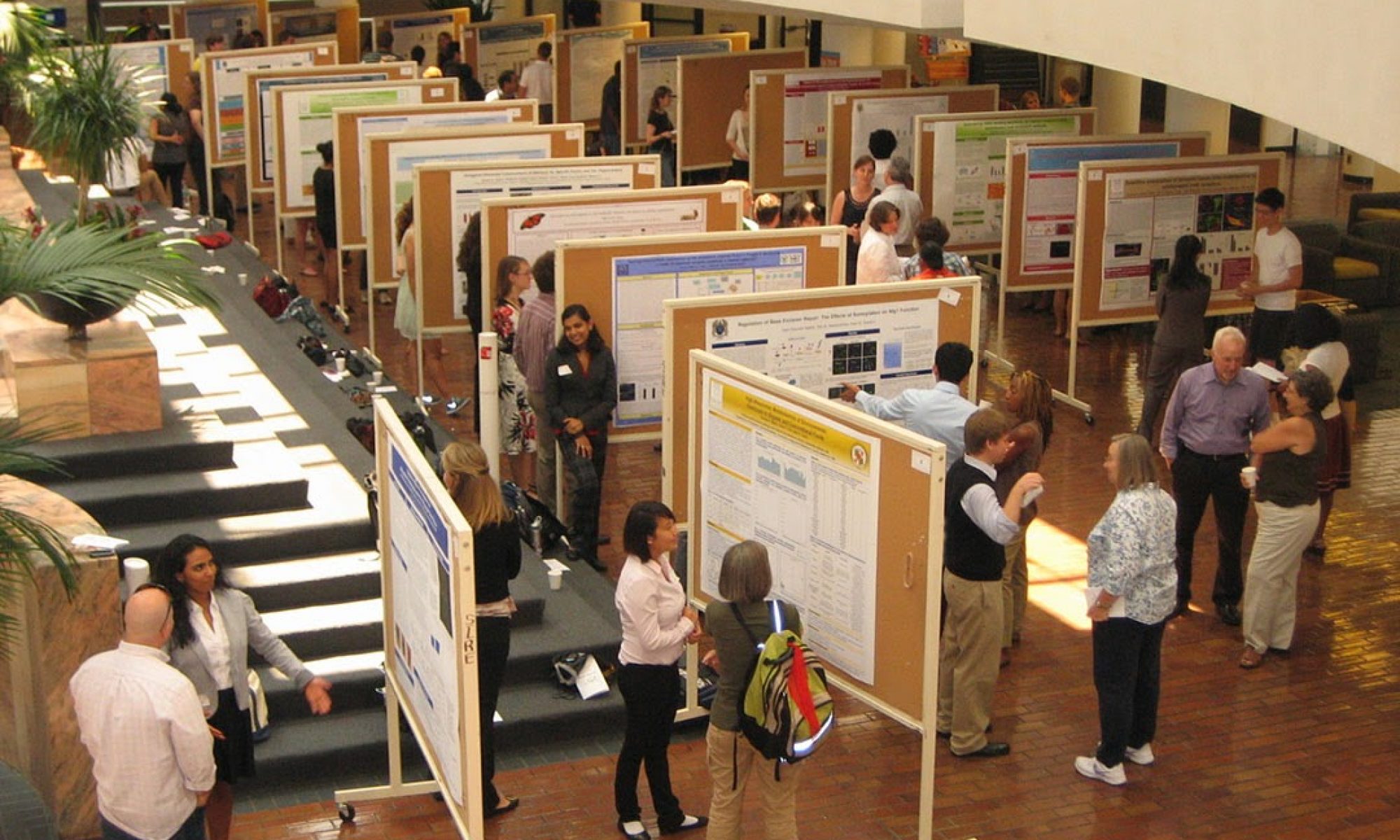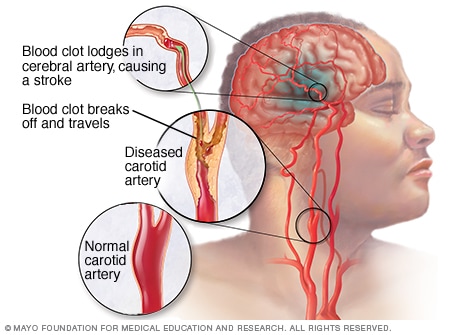In lab, I have generated a protocol (as seen below) to operate within a neural-imaging software called LCModel. So far the process has been long and arduous, with not much usable data being collected due to shims, or faulty MRI scanning procedures. Most of my analysis will likely be methodolgically based as opposed to being grounded in emprical data. Despite this, the following protocol may prove useful as tool to help troubleshoot with errors that may appear in LCModel. Using Terminal, one can use the protocol to run LCModel in order to analyze their spectral data.
How to tunnel
- Open Terminal>input: ssh -Y username> enter password
- Ls to check if in the right place
- cd CABI_MRS
- Matlab &
- All output goes to ‘Documents>CABIStroke>GABA>GABA processing sheet’
How to find PW
- “Keychain”> Show bitc password> PW 2x> Copy and Paste PW into terminal
PREPROCESSING
- In Terminal:
- “matlab &” opens MATLAB
- In MATLAB:
- Open MATLAB>scripts>readSiemens_stability_CABI_MRS.m
- Change path where it says inDir line 9 and outDir line 10
- Go to Fetch to check file pathway
- Example inDir: ‘/home/michael.borich/CABI_MRS/SS_###/#T_CMRRR_GABA_10min_1#
- Example outDir: ‘/home/michael.borich/CABI_MRS/Processed/SS_###/#T
- Make sure line 12 has the spectral_reg_flag set to 1 as default
- Figure 2:
- Baseline must be as straight and as close to zero as possible, adjust phase change value if it is not so.
- If you want to change phase value, hit “y” when prompted. If not, hit “n”
- Change phase value “y”>-10<x<10 (approx.)> if sufficient, “n”
- Enter phase change value in GABA processing spreadsheet (column B)
- Baseline must be as straight and as close to zero as possible, adjust phase change value if it is not so.
- Figure 1:
- Blue and red peaks should both be symmetrical around 3 ppm
- To change freq value if necessary enter “y” as prompted and then enter appropriate no.
- Enter freq change value in GABA processing spreadsheet (column C)
- Figure 3:
- Enter “n” (will not need to change phase value)
- Figure 4:
- Click before and after peak
- Outputs with fullwidth_Hz_H20
- Enter value in GABA processing spreadsheet (column D)
- Figure 5:
- Click before and after peak
- Outputs with fullwidth_Hz_NAA
- Enter value in GABA processing spreadsheet (column E)
- Figure 6:
- Click before and after peak around 3 ppm (creatine peak)
- Outputs with fullwidth_Hz_Cr
- Enter value in GABA processing spreadsheet (column F)
- Value should ideally be less than 12
- To obtain GABA.water file
- In Terminal:
- “matlab &” opens MATLAB
- In MATLAB:
- Open MATLAB>scripts>readSiemens_GABA_water.m
- Change path where it says inDir line 9 and outDir line 10
- Go to Fetch to check file pathway
- Example inDir: ‘/home/michael.borich/CABI_MRS/SS_###/#T_CMRRR_GABA_10min_1#
- Example outDir: ‘/home/michael.borich/CABI_MRS/Processed/SS_###/#T
- In Terminal:
- Errors:
- If error comes up that mentions nlinfit, go to line 12> change =1 to =0
- “save”>”run”> enter new phase change value
- If Diagnostics are Red then google how to check for error
- If error comes up that mentions line 181
- If error comes up that mentions nlinfit, go to line 12> change =1 to =0
PROCESSING
Open LCModel
- Open terminal>[keep spaces]ssh -Y node7
- Enter password
- Open LCModel:
- cd ~/.lcmodel
- ./lcmgui &
- “Select User Profile” window will appear, select “GABA”
- “Select your data type” window will appear, select “Other”
- Loading the DIFF data into LCModel
- Follow path: home/michael.borich/CABI_MRS/Processed/SS_###/#T/DIFF*
- Select “GABA.raw”
- “Control Parameters” window appears
- Select “Change BASIS”
- Select file that ends in “_DIFF.basis”
- Add “DIFF” to the end of output file path (next to Reconfigure button)
- Click “Advanced Settings”
- Click “Change Control-Defaults file” and make sure “GABA_DIFF” is selected
- HIT Run LCModel
- You will be prompted to select UNSUPPRESSED Water Reference RAW file
- Select “GABA_water.raw”
- Graphic should appear
- Red line=model
- Black line= raw data
- Two lines should have as much overlap as possible
- Record Data on the spreadsheet>
- Follow path: home/michael.borich/CABI_MRS/Processed/SS_###/#T/DIFF*
- Loading the OFF data into LCModel
- Follow path: home/michael.borich/CABI_MRS/Processed/SS_###/#T/OFF*
- Select “GABA_off.raw”
- “Control Parameters” window appears
- Select “Change BASIS”
- Select file that ends in “_OFF.basis”
- Add “OFF” to the end of output file path (next to Reconfigure button)
- Click “Advanced Settings”
- Click “Change Control-Defaults file” and make sure “GABA_OFF” is selected
- HIT Run LCModel
- You will be prompted to select UNSUPPRESSED Water Reference RAW file
- Select “GABA_water.raw”
- Graphic should appear
- Red line=model
- Black line= raw data
- Two lines should have as much overlap as possible
- Follow path: home/michael.borich/CABI_MRS/Processed/SS_###/#T/OFF*



